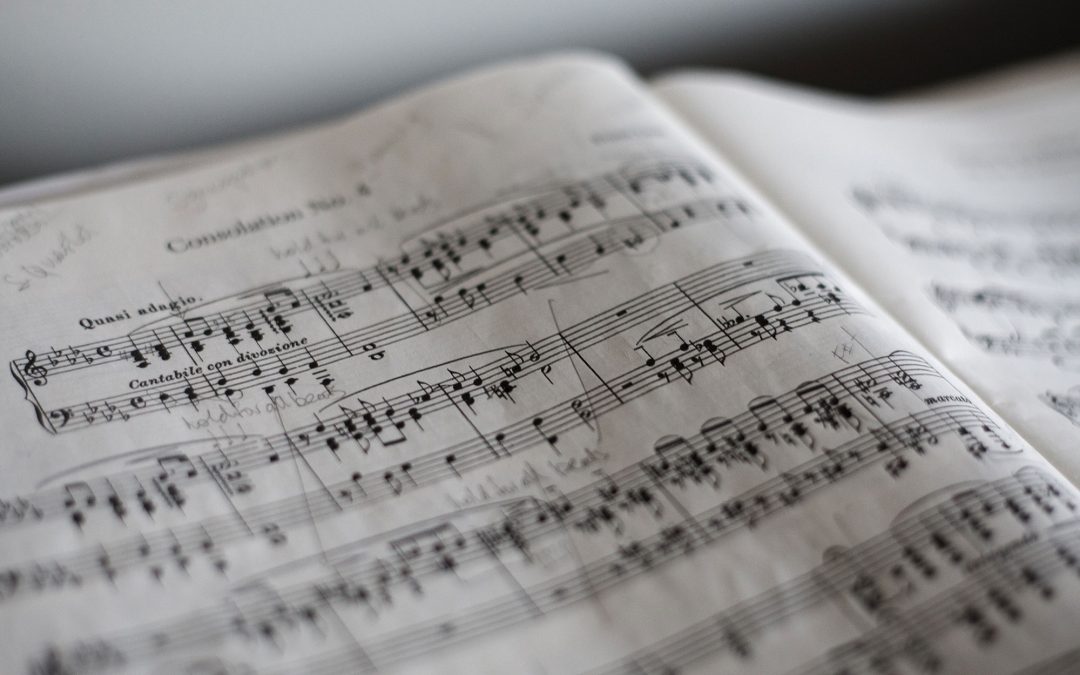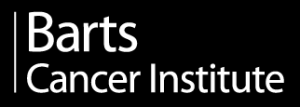While the science behind cancer is complex, the essence of the disease can be elegantly expressed as music. Like musicians in a group, working together to produce a piece of music, different cells in our body work together to produce a living, breathing person. When cancer starts to develop, cells stop doing the work of their organ and start replicating out of control. Imagine watching a performance where your a few members of your favorite band started repeating themselves endlessly and started inviting random people to join them on-stage! Eventually, a growing, dissonant, relentless cacophony slowly takes over the rest of the performance. We took this analogy and wrote some code that takes sheet music in the form of musicXML files as input and returns a “mutated” version of the piece. The code is based on a few simple rules, all inspired by the way cancer works on a cellular level. Take a listen and have fun with it!




